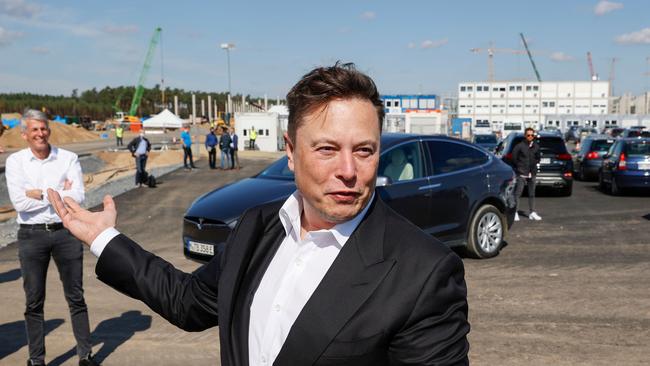Phoenix of hope rises from ashes of pandemic disaster

A dawn of technological optimism is breaking. The speed at which COVID vaccines have been produced has made scientists household names. Prominent breakthroughs, a tech investment boom and adoption of digital technologies during the pandemic are combining to raise hopes of a new era of progress: optimists giddily predict a “roaring Twenties”. Just as the pessimism of the 2010s was overdone — the decade saw many advances, such as in cancer treatment — so predictions of technological utopia are overblown. But there is a realistic possibility of a new era of innovation that could lift living standards.
In the history of capitalism, rapid technological advance has been the norm. The 18th century brought the Industrial Revolution and mechanised factories; the 19th century railways and electricity; the 20th century cars, planes, modern medicine and domestic liberation thanks to washing machines. In the 1970s, though, progress — measured by overall productivity growth — slowed. The economic impact was masked for a while by women piling into the workforce, and a burst of efficiency gains followed the adoption of personal computers in the 1990s. After 2000, though, growth flagged again.
There are three reasons to think this “great stagnation” might be ending. First is the flurry of recent discoveries with transformative potential. The success of the “messenger RNA” technique behind the Pfizer-BioNTech and Moderna vaccines, and of bespoke antibody treatments, shows how science continues to empower medicine. Humans are increasingly able to bend biology to their will, whether to treat disease, edit genes or grow meat in a lab. Artificial intelligence is at last displaying impressive progress; spectacular falls in the price of renewable energy are giving governments confidence their green investments will pay off.
The second reason for optimism is booming investment in technology. Having shrunk for years, public R&D spending across 24 OECD countries began to grow again in real terms in 2017.
The third source of cheer is the rapid adoption of new technologies. It is not just that workers have taken to videoconferencing and consumers to e-commerce — significant as those advances are — the pandemic has also accelerated the adoptions of digital payments, telemedicine and industrial automation. It has been a reminder that adversity often forces societies to advance.
Alas, innovation will not allow economies to shrug off structural drags on growth. As societies get richer they spend a greater share of their income on labour-intensive services, such as restaurant meals, in which productivity growth is meagre because automation is hard. The ageing of populations will continue to suck workers into low-productivity at-home care. Decarbonising economies will not boost long-term growth unless green energy realises its potential to become cheaper than fossil fuels. Yet it is reasonable to hope a fresh wave of innovation might soon reverse the fall in economic dynamism responsible for perhaps a fifth of the 21st century’s growth slowdown. Over time that would compound into a big rise in living standards.
Although the private sector will ultimately determine which innovations succeed or fail, governments also have an important role to play. The state can usefully offer more and better subsidies for R&D, such as prizes for solving clearly defined problems. The state also has a big influence over how fast innovations diffuse through the economy. Governments need to make sure regulation and lobbying do not slow disruption, in part by providing an adequate safety net for those whose livelihoods are up-ended by it. Innovation is concentrated among too few firms. Ensuring the whole economy harnesses new technologies will require robust antitrust enforcement and looser intellectual property regimes. If governments rise to the challenge, faster growth and higher living standards will be within their reach, allowing them to defy the pessimists.



For much of the past decade the pace of innovation underwhelmed many people — especially those miserable economists. Productivity growth was lacklustre and the most popular new inventions, the smartphone and social media, did not seem to help much. Their malign side-effects, such as the creation of powerful monopolies and the pollution of the public square, became painfully apparent. Promising technologies stalled, including self-driving cars, making Silicon Valley’s evangelists look naive. Security hawks warned that authoritarian China was racing past the West and some gloomy folk warned that the world was finally running out of useful ideas.